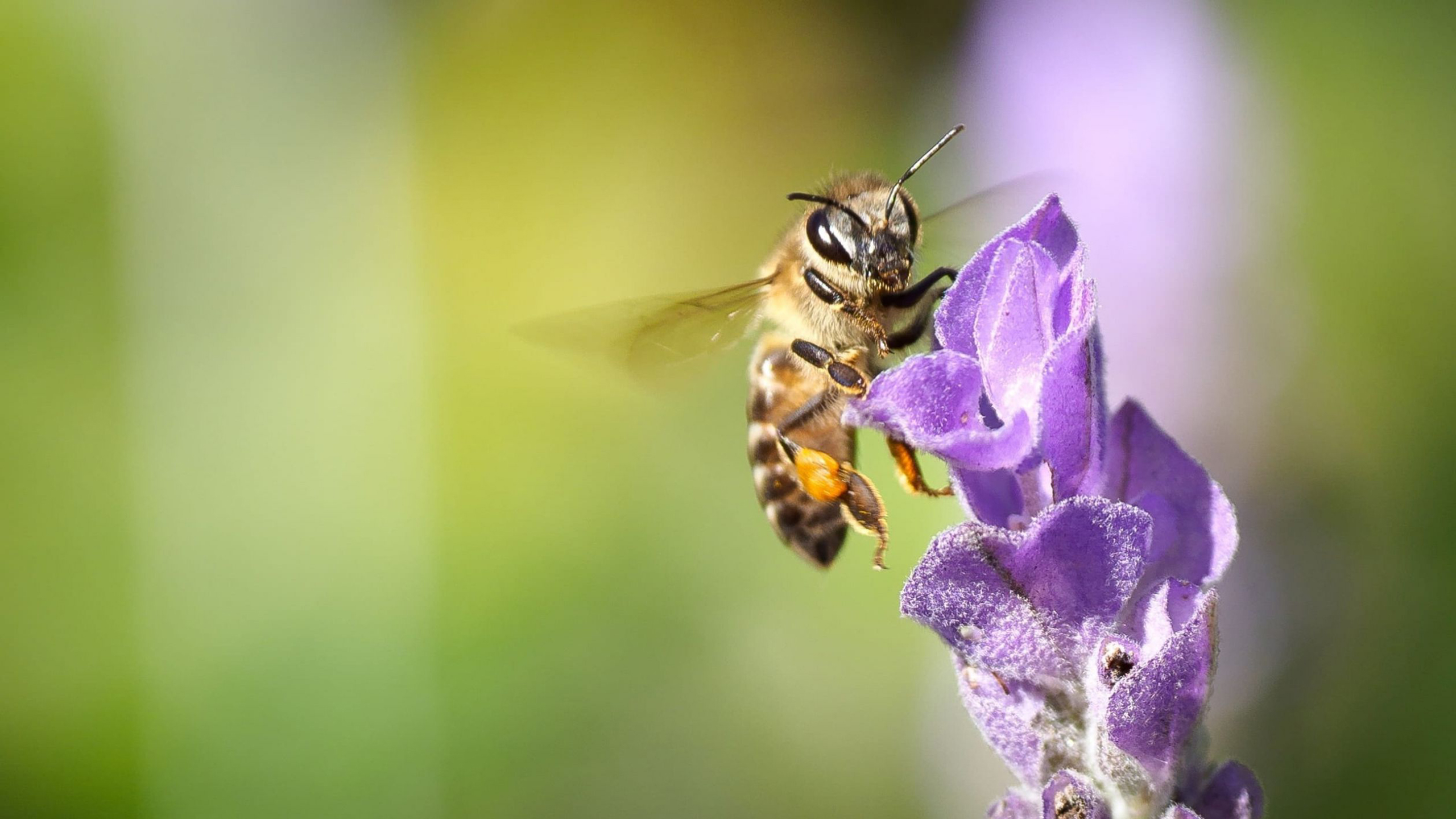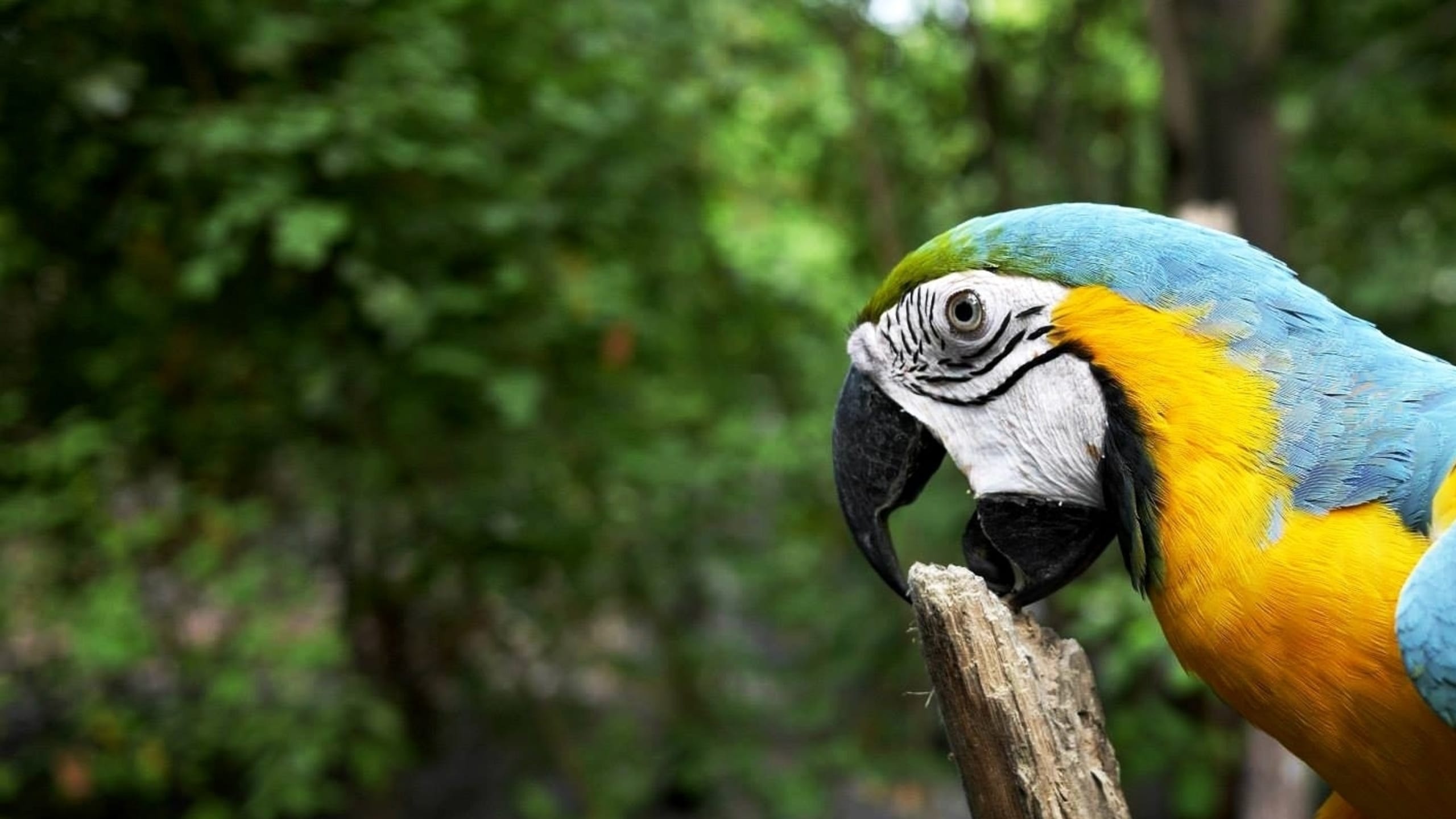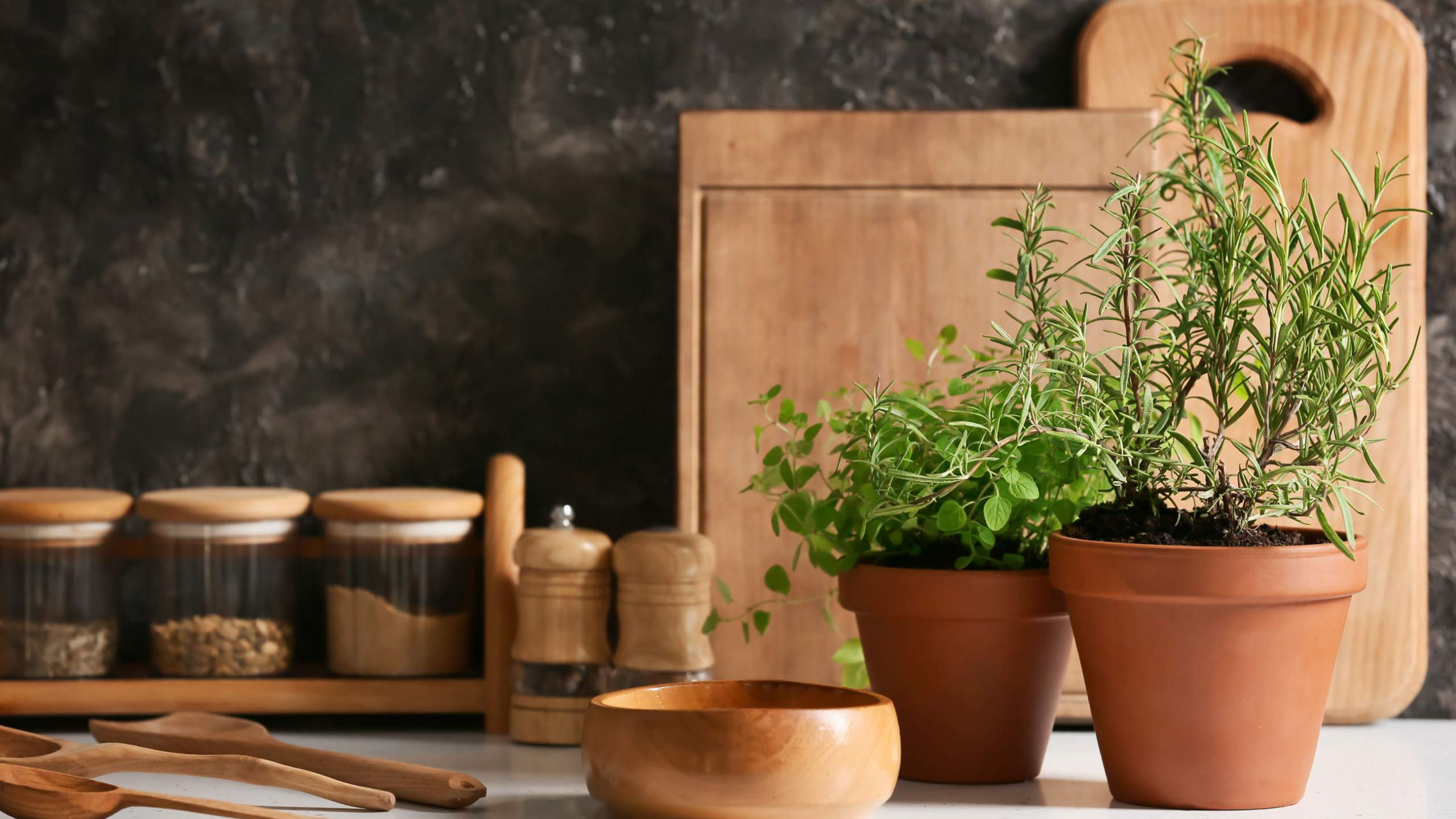Mission: bring bees back
Bees are one of the most important pollinators in the whole world, since they are responsible for pollinating the many fruits and vegetables we eat and for pollinating the plants that serve as animal feed. They are also responsible for products such as honey, a nutritious and delicious food, which is the result of the work of these little creatures.
However, in Europe, one in ten species of bees and butterflies is threatened with extinction. The UK has been an example of how bee populations have suffered a steep decline – since 1900, the UK has lost 13 species of solitary bees and bumblebees, and another 35 are threatened with extinction.
The 2019 Buglife and WWF report analysed 228 bee species in the East of England – an area of great importance for agriculture at a national level, and a vital habitat for bees – and concluded that 25 species are threatened, 17 species are regionally extinct and 31 species are of concern for their preservation.
Scientists and researchers believe this decline in pollinators is due to the vanishing of the UK’s flower meadows – most of them have disappeared since the Second World War. This loss of habitat has left the bees hungry and homeless.
London’s flower corridor for bees
Faced with the facts, the council of Brent, a borough in London, has decided to plant wildflowers in order to attract bees and promote the replenishment of pollinator populations.
In May 2019, the London council announced an 11 kilometre “bee corridor” to be planted in parks and green spaces along the borough, to help attract bees and other pollinators.
The three-year project was, in the meantime, concluded and the result was better than expected and added a beautiful pop of colour to the parks of Brent. Along the 11-kilometre-long bee corridor, around 22 meadow areas have been planted with wildflowers that are native or common in England, such as the poppy.
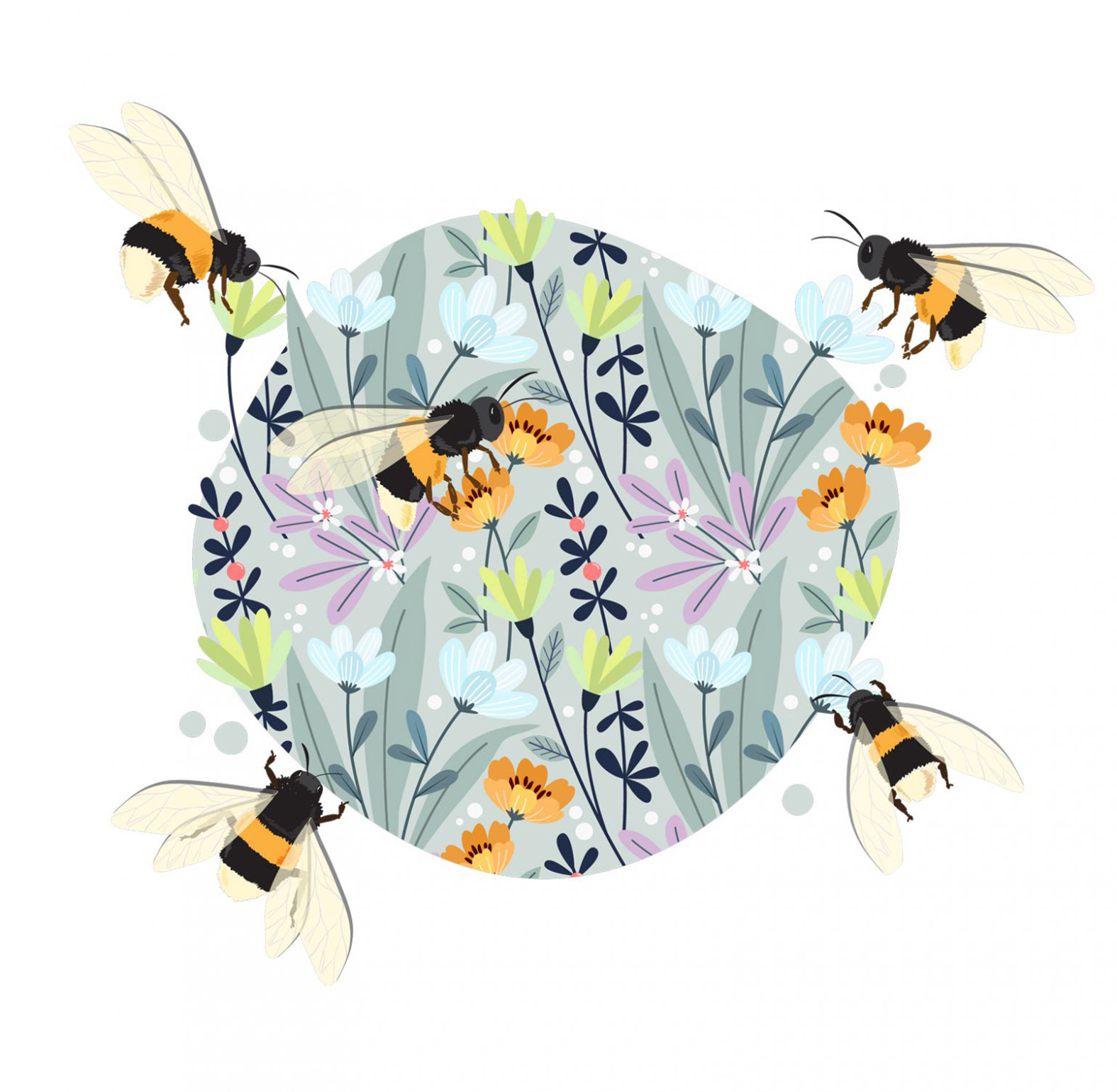
More flower corridors for bees in Europe
There are other European initiatives that seek to preserve bees and give them safe spaces in the midst of hectic cities. Here are three examples:
- In Oslo, Norway, a “highway” has been created for bees. From Holmenkollen, in the northwest of the city, to Lake Nøklevann, in the southeast, on a route of almost 20 km, there are flowers for bees, green roofs, green parks and hives, providing places to rest and feed.
- In the Estonian capital of Tallinn, Putukaväil was created, a 13 km corridor for bees and other pollinators. In this area, where there used to be high-voltage cables and a railway line, there are now wild meadows that have become home to around 42 different species of butterfly and 22 species of bee.
- Amarante is a Portuguese city that is part of BeePath, a sustainable urban beekeeping project created under the URBACT Program and promoted by the European Union. Amarante has created a Bee Route, with trails full of pollinators and visiting points where honey is produced and has implemented hives on the roof of the Amadeo de Souza-Cardoso Museum (MMASC), which in 2019 produced 19 kg of honey.
Help out: plant your own flowers for bees
Giving bees the much-needed safe environment for them to grow and reproduce is also the premise of an emerging trend around the world. Have you ever heard of bees’ “sanctuaries”?
These human-created habitats, thought to support local bee populations, are usually composed by a combination of different kinds of native species of flowers of all shapes and sizes, grown without extra watering, fertilizers or chemicals!
If you too want to attract bees and pollinators to your garden and create your own flower “temple”, read this useful list of bee-friendly wildflowers – but first, make sure to get informed about the native wildflowers of your region.
According to the Journal of Insect Conservation, some of the best wildflowers for a mini bee corridor or temple at home are:
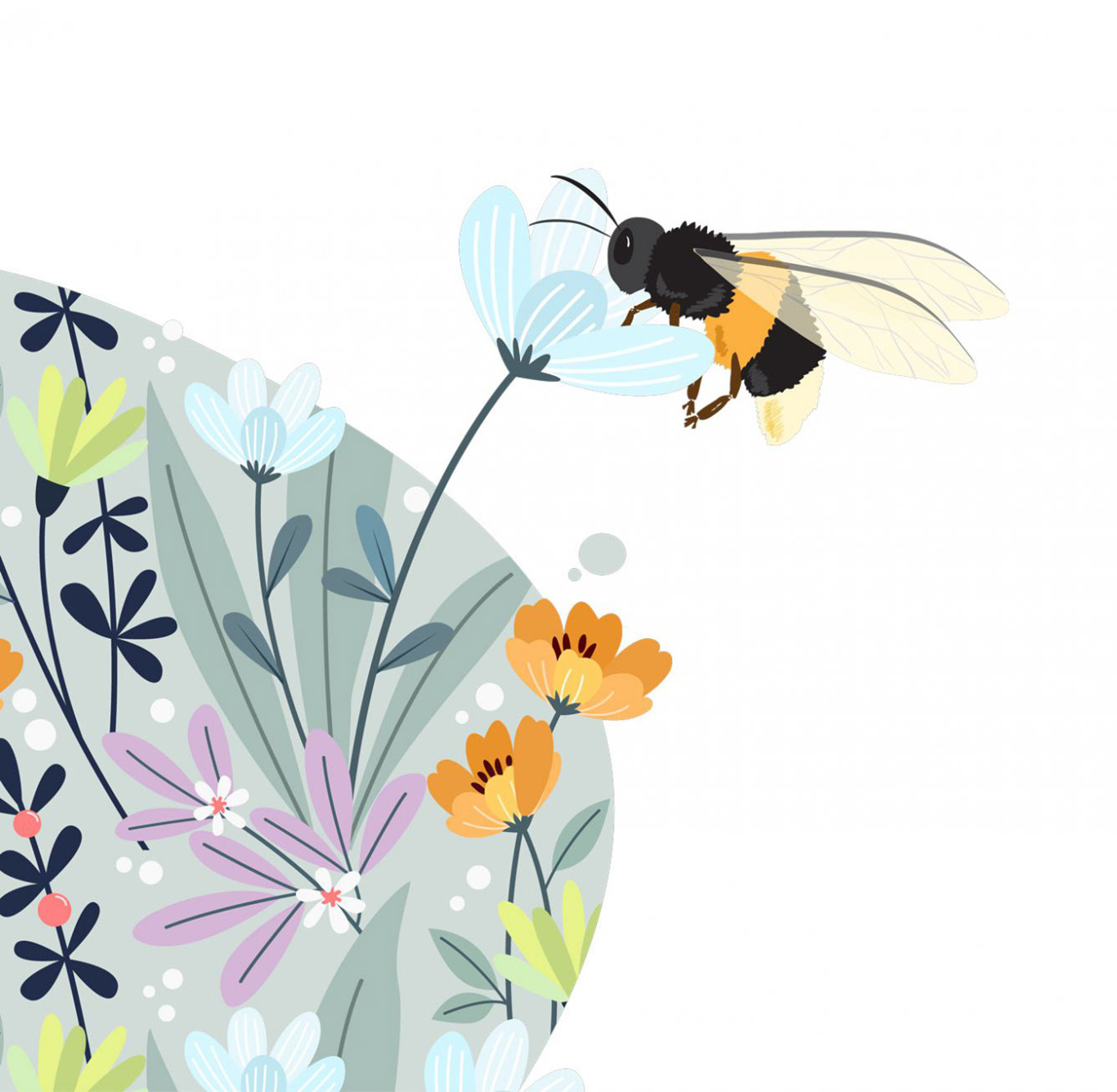
- Silene vulgaris, commonly called the bladder campion or maidenstears;
- Geranium lucidum, commonly known as shining cranesbill;
- Veronica chamaedrys, the germander speedwell, bird’s-eye speedwell, or cat’s eyes;
- Ranunculus acris, whose common names include meadow buttercup, tall buttercup, common buttercup and giant buttercup;
- Viola arvensis, a species of violet known by field pansy;
- Crepis capillaris or, as it is known, smooth hawksbeard;
- Taraxacum officinale, the common dandelion;
- Convolvulus arvensis, or field bindweed;
- Centaurea scabiosa, known as greater knapweed.
Remember, other species of wildflowers, such as the common poppy, are also pollinator-friendly. This is also true for herbs and other flowers, such as lavender, cilantro, thyme, fennel, sunflower or calendula.
